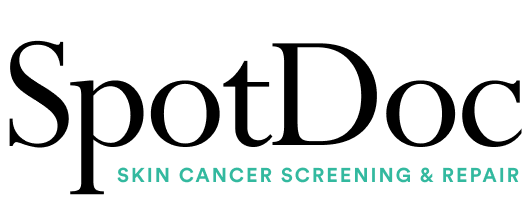Revolutionizing Dermatology: The Power of 3D Total Body Photography in Skin Cancer Detection
In the realm of dermatology, early detection of skin cancer is paramount. Skin cancer, if detected at an early stage, can often be treated effectively, saving lives and reducing the impact of aggressive treatments. In recent years, advancements in technology have paved the way for innovative tools that aid dermatologists in early detection, one of which is 3D total body photography. This cutting-edge technology is transforming the landscape of skin cancer diagnosis by allowing dermatologists to detect skin cancer at an early stage while minimizing unnecessary skin biopsies. Here's how 3D total body photography is revolutionizing dermatological practices:
1. Tracking Changes on Lesions:
One of the key benefits of 3D total body photography is its ability to capture high-resolution images of the patient's entire body, enabling dermatologists to track changes in lesions over time. By meticulously analyzing these images, dermatologists can monitor alterations in size, shape, and color of moles and other skin lesions. Any significant changes can be indicative of skin cancer, prompting further investigation.
2. Baseline for Annual Skin Exams:
Patients often visit their dermatologists annually for routine skin exams. 3D total body photography provides an invaluable baseline for these exams. By comparing current images with previous ones, dermatologists can identify even subtle changes that might be indicative of skin cancer. This comparative analysis enhances the accuracy of diagnosis, ensuring that potential issues are caught early, thus improving the prognosis for patients.
3. Superimposing Images and Utilizing Machine Learning:
Advancements in machine learning algorithms have further enhanced the capabilities of 3D total body photography. Dermatologists can superimpose images taken at different time frames, allowing for a detailed analysis of any changes in the patient's skin. Machine learning algorithms can measure and track these changes with remarkable precision. This analytical approach significantly reduces the risk of oversight, ensuring that even the slightest alterations in lesions are detected and evaluated promptly.
4. Empowering Patients for Self-Examination:
Beyond the dermatologist's office, 3D total body photography empowers patients to take an active role in their skin health. Patients can access their high-resolution images and perform self-examinations at home. By comparing their current skin condition with the images, patients can identify any changes and promptly seek medical attention if needed. This proactive approach encourages early detection, enabling timely intervention and improving the chances of successful treatment.
In addition to its clinical benefits, 3D total body photography also alleviates the psychological burden on patients. The technology minimizes the need for invasive skin biopsies, which can be uncomfortable and anxiety-inducing. By reducing the number of unnecessary biopsies, patients experience less stress and discomfort throughout the diagnostic process.
In conclusion, 3D total body photography stands as a game-changing tool in the field of dermatology. Its ability to track changes in skin lesions, provide a baseline for annual exams, utilize advanced machine learning for analysis, and empower patients for self-examination is transforming the way dermatologists approach skin cancer detection. By facilitating early detection while minimizing unnecessary procedures, this innovative technology is not only enhancing patient outcomes but also shaping the future of dermatological practices. As technology continues to advance, the synergy between artificial intelligence and medical imaging holds immense promise, promising a future where the early detection of diseases, including skin cancer, becomes even more accurate and accessible for all.
